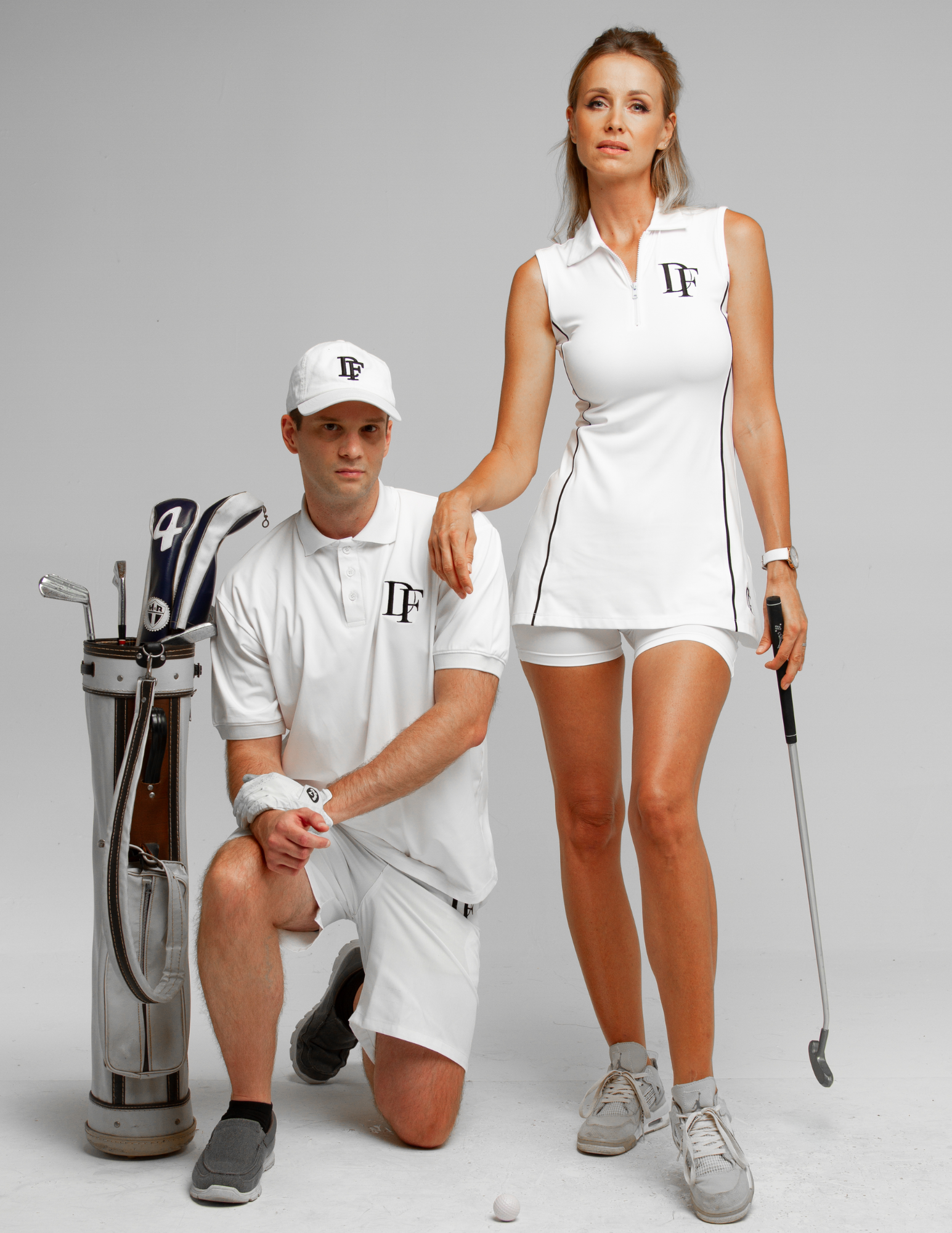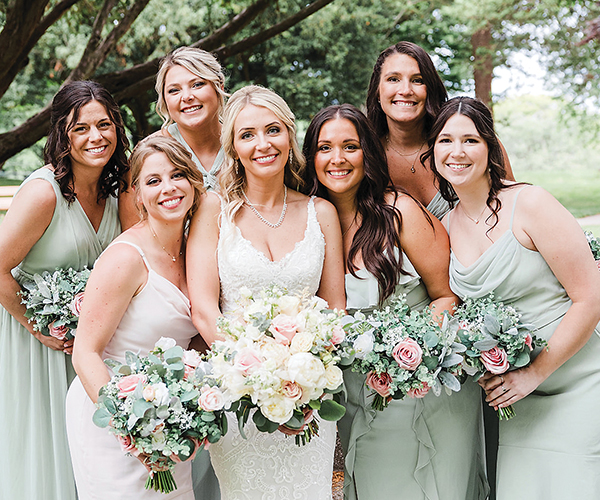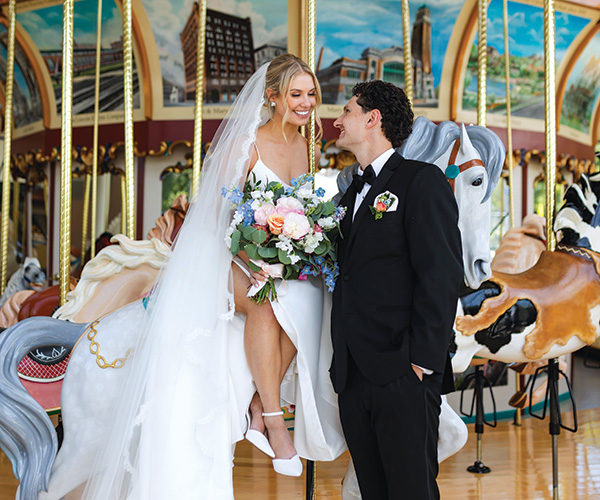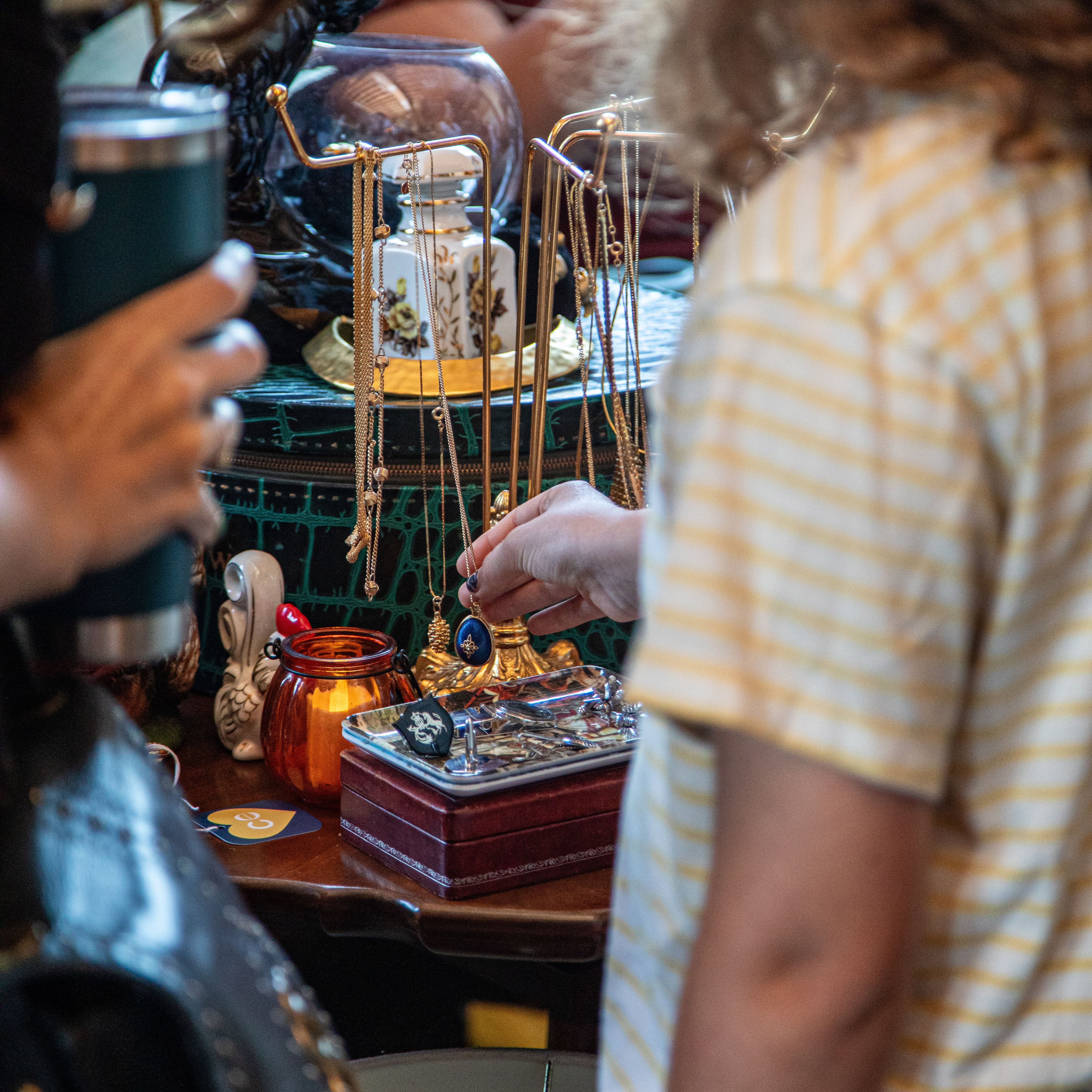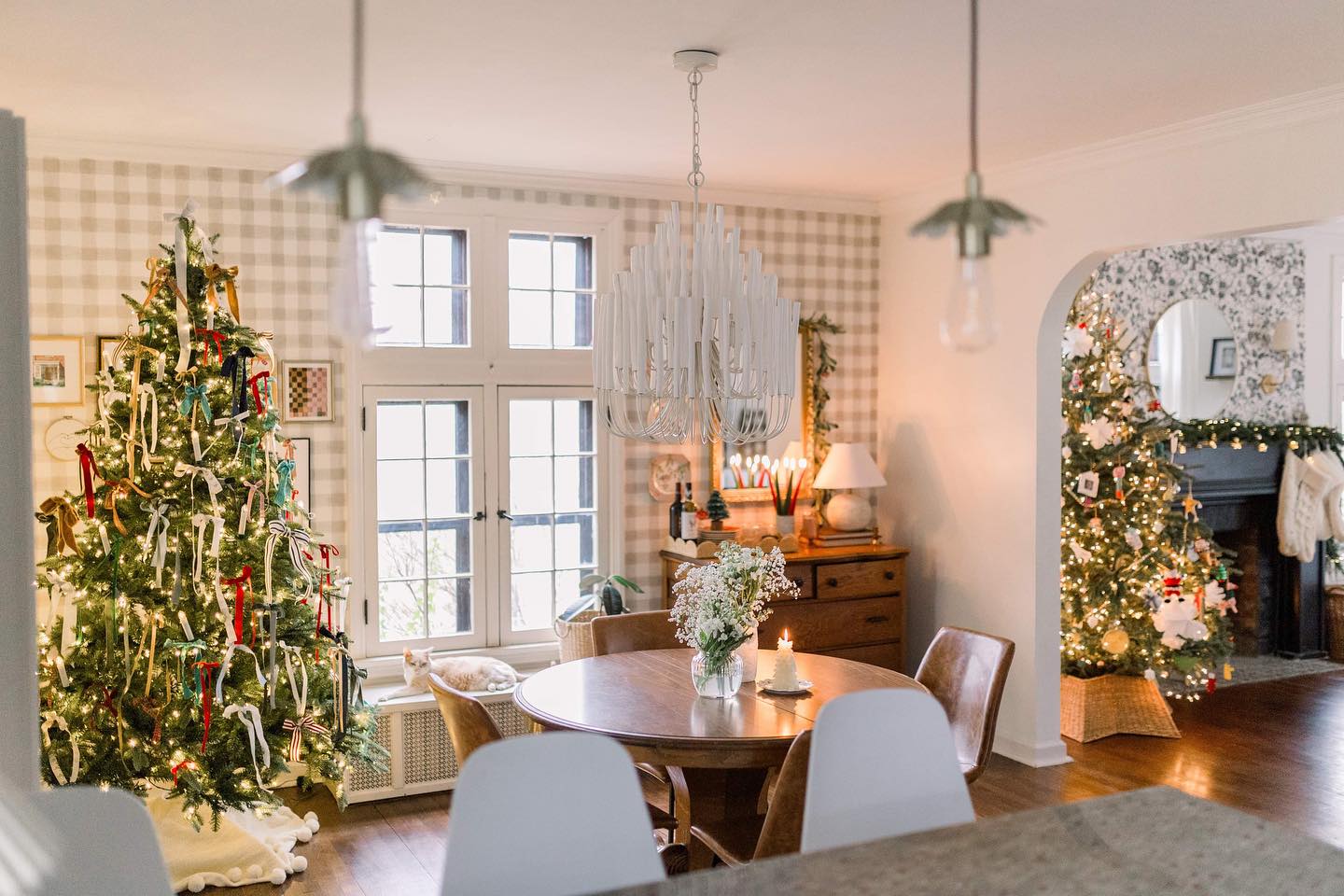Jessica Pinsky was worried changes to Cleveland Institute of Art's fiber department in September 2014 would cost the school its looms and diminish weaving in Cleveland. So the CIA adjunct faculty member — with help from the school — opened Praxis Fiber Workshop in June, filling a 1920s building with 30 historic looms, five studios and a dye lab.
in the loop: The looms, leased to Praxis for $1, are available to students and the public during biweekly classes. "[Praxis] has been really committed to the mission of making weaving available to students and the public," says Pinsky.
Color theory: Originally an oil painter, Pinsky eventually gravitated toward the loom. "I would go home and sew to calm myself down, which was my meditation," she says. "Weaving was a more appropriate medium to express my ideas and approach toward color."
To Dye For: The dye lab gives visitors a place to concoct their own colors, and a dye garden will be open by next summer to grow indigo and other plants used in natural dyes. "Indigo is one of the greatest and oldest natural dye traditions found throughout many cultures," Pinsky says.
A bottleneck of artists working on projects at Zygote Press' packed Cleveland location in 2012 inspired artist Christi Birchfield to open Ink House in June. The satellite printmaking studio allows
artists to create larger projects.
Road ready: Since the Ink House is primarily for Zygote staff and artists who collaborate with Zygote, the experimental Press-On-Wheels and commercial printing garage offer public access. "These very funny, makeshift mobile printing instruments — small-scale presses on carts; Inky, a rocking horse that applies pressure to an inked-out plate — are used as an educational tool," Birchfield says.
Meet the press: Ink House's 40-by-60-inch Charles Brand etching press, purchased from CIA, makes large-batch processes such as relief woodcutting and aluminum plate lithography easier.
Industrial revolution: The addition prompted Zygote and Ink House to re-examine its ecological footprint. "Printmaking is an unhealthy practice," Birchfield says. "So we brought artists from Zea Mays Printmaking to coach us on green printmaking." The two facilities adopted sustainable practices such as using vegetable oil as a cleaning agent.
Valerie Grossman hated ceramics when she took her first class as a preschooler. "Whoever was teaching it kept blowing everything up," she recalls. But when she began creating ceramics at the Cleveland Institute of Art, Grossman's passion started to take shape. In May, she opened Brick: Ceramic and Design Studio, which provides artists access to wheels, a moldmaking area, a spray booth, a gas kiln and glazes.
Fired up: With the help of a former professor, Grossman reconstructed a 40-year-old gas kiln purchased from the Beachwood Ceramic Guild into a gas car kiln with wheels. "I disassembled and moved the kiln three times before building it again brick by brick," she says.
Best dressed: Grossman's life-sized sculptural dress, Flower Dress with Diamonds, is on display in the student lounge at CIA. During a six-week Brick course, students can learn techniques — such as layering multiple designs — Grossman used to craft the tough-but-feminine piece.
Public hall: "I want to expose the community to how ceramics are made," says Grossman, who holds a free quarterly studio for North Collinwood residents and offers two-week courses taught by visiting artists.


